NASA Seeks Innovative Solutions for Lunar Waste Recycling
With crewed Artemis missions approaching, NASA is seeking sustainable waste management solutions for extended lunar stays.
The LunaRecycle initiative, part of NASA’s Centennial Challenges Program, aims to incentivize the creation of recycling technologies for use on the moon’s surface and within pressurized lunar habitats.
Enhancing Sustainability for Long-Term Lunar Missions
This effort is intended to minimize solid waste during long-duration lunar missions and enhance the sustainability of future space exploration endeavors.
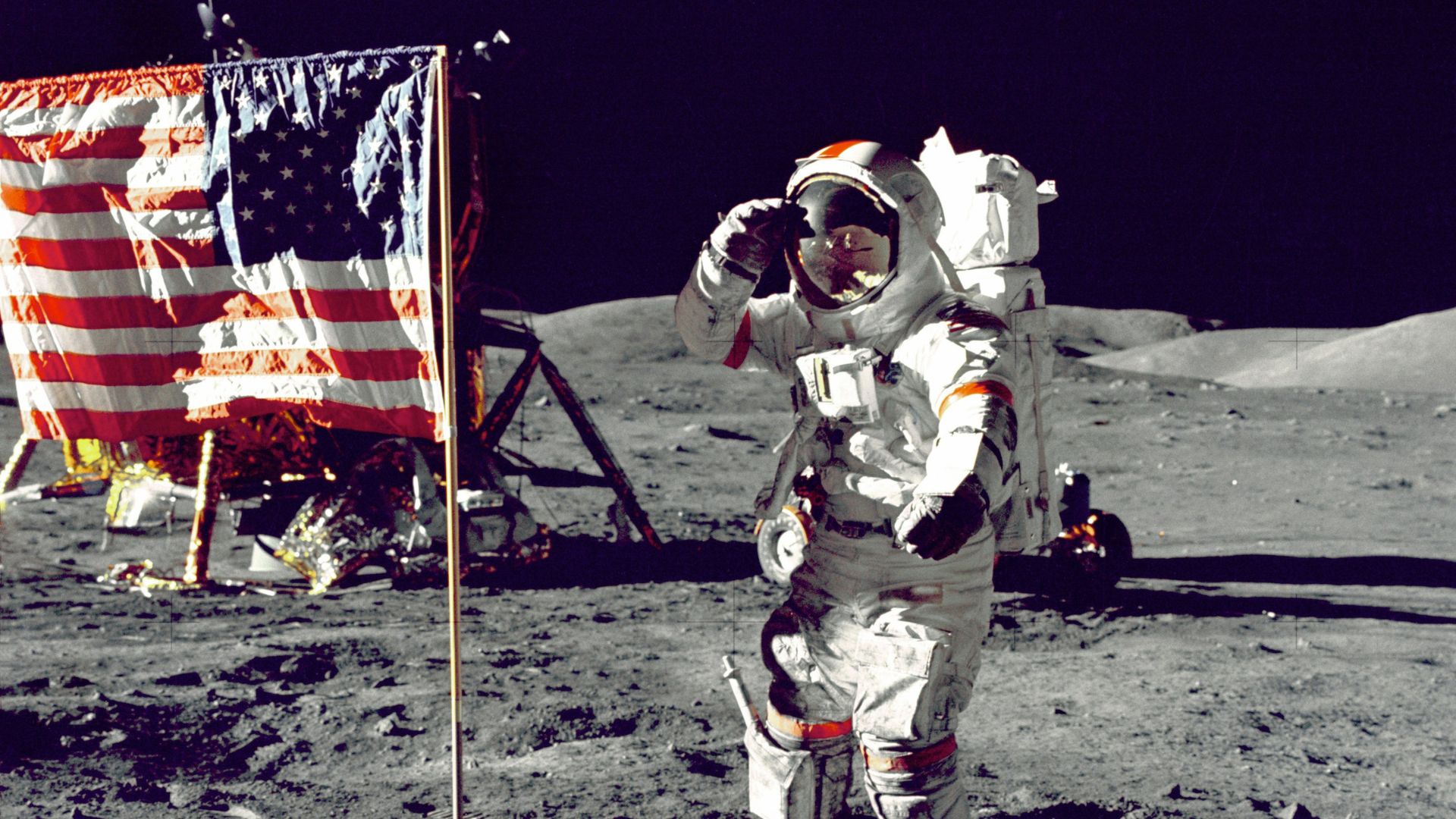
Source: NASA/Unsplash
“As NASA prepares for future human space missions, there will be a need to consider how various waste streams, including solid waste, can be minimized as well as how waste can be stored, processed, and recycled in a space environment so that little or no waste will need to be returned to Earth,” states the contract opportunity for Phase 1 of the LunaRecycle Challenge.
Lunar Anthropocene
With numerous missions planned to the moon, both private and governmental, some experts suggest that humanity is entering a new “lunar anthropocene.”

Source: Wikimedia
This era marks the beginning of human activity that is starting to permanently alter the lunar surface.
Reducing Environmental Impact
Previous crewed missions have left behind landers, flags, scientific instruments, golf balls, and even human waste.

Source: Freepik
NASA aims to lessen the environmental impact of lunar exploration with this new program.
Efficient Reuse and Recycling Strategies
Establishing a sustained presence on the moon will require significant cargo transportation from Earth.
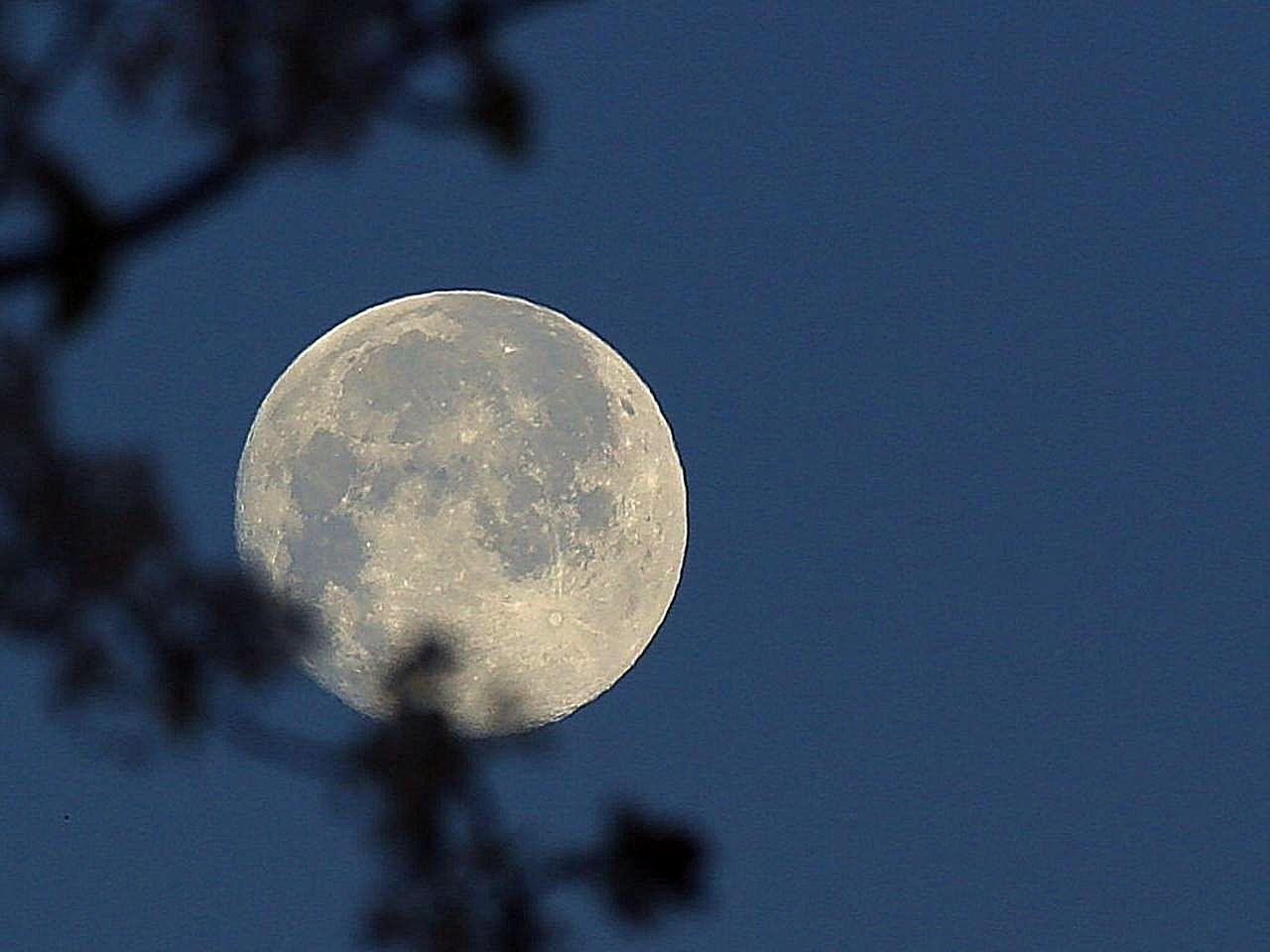
Source: Wikimedia
This highlights the need for effective reuse and recycling processes to minimize lunar disturbances.
Municipal Waste Consists of Common Items
Everyday items such as paper, cardboard, plastics, metals, textiles, and glass make up over 50% of municipal solid waste in the U.S.
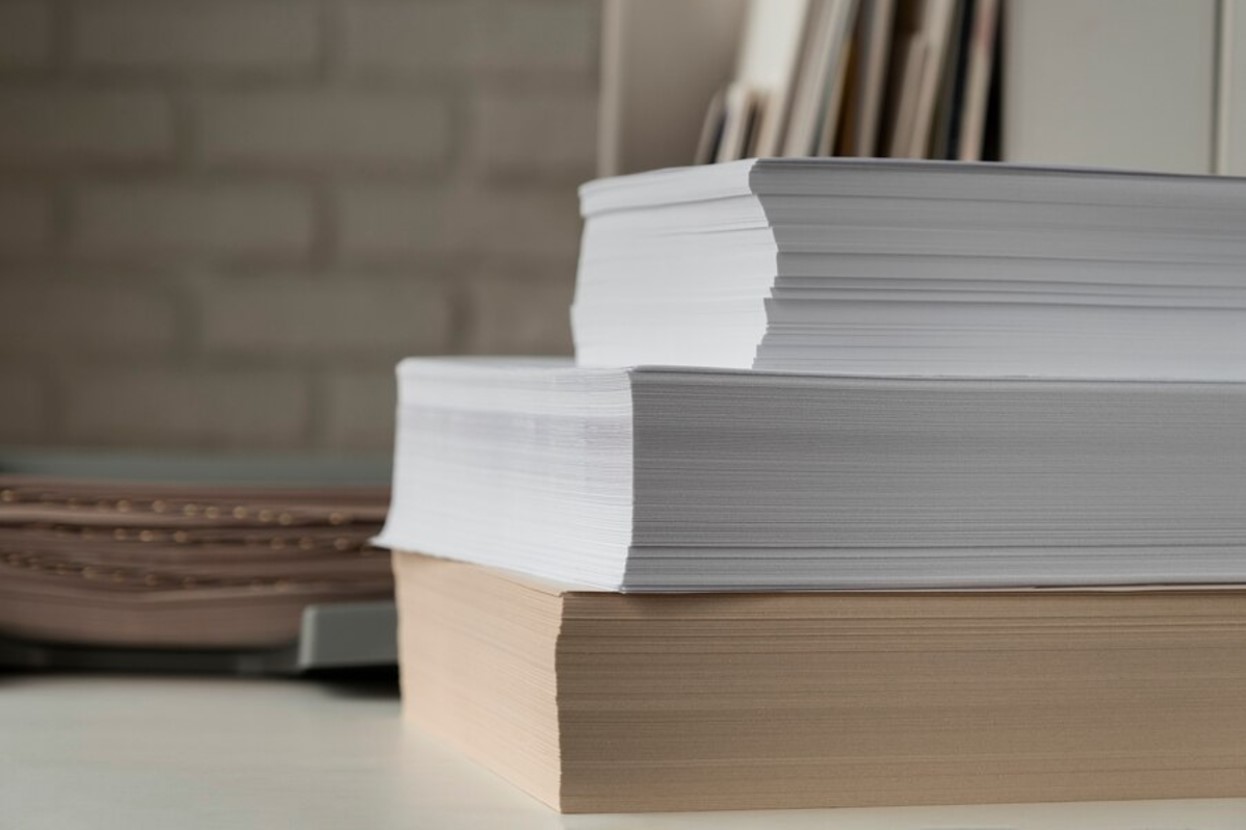
Source: Freepik
However, only 40% of this waste is recycled, according to the challenge statement.
NASA’s LunaRecycle Initiative
NASA plans to address this recycling challenge directly with the LunaRecycle initiative.
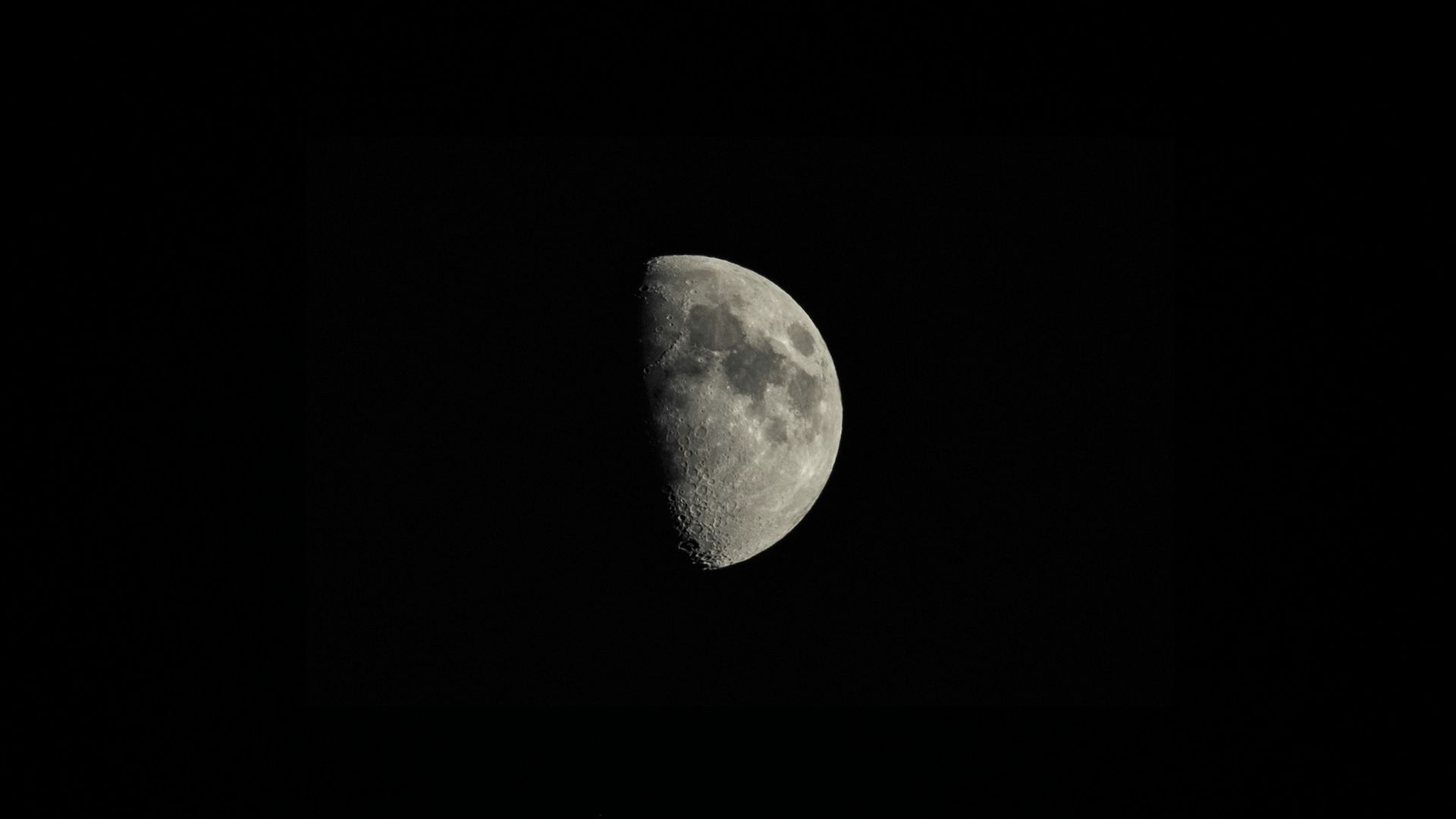
Source: Fredrik Solli Wandem/Unsplash
“This challenge will focus on recycling approaches for materials very similar to materials that are difficult to recycle,” the draft rules indicate.
Initiative Seeks to Advance Recycling Technology
The initiative aims to uncover innovative recycling methods that enhance energy and water efficiency and reduce unusable outputs and toxic emissions.

Source: Nithin PA/Pexels
Additionally, it seeks to develop scalable solutions for broader community application.
Two Competition Tracks
The LunaRecycle Challenge will feature two competition tracks.
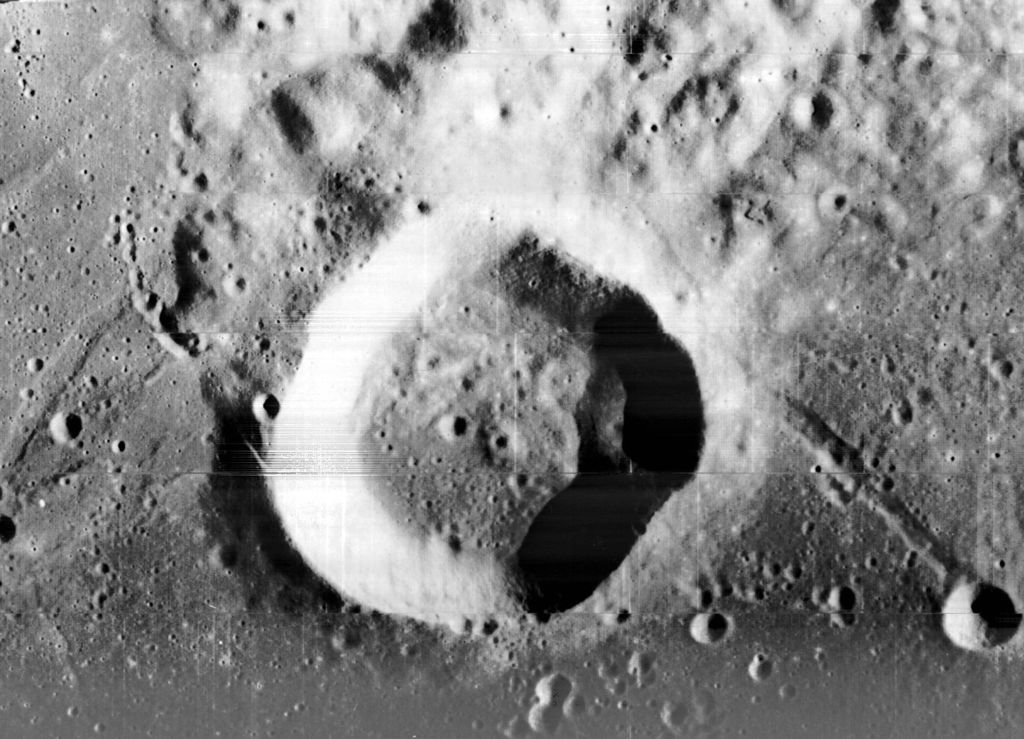
Source: Wikimedia
One for creating a digital twin—a virtual model of a recycling system designed to process lunar solid waste and produce end products—and another for developing actual hardware capable of recycling these materials on the lunar surface.
Aims to Develop End Products from Recycled Materials
This challenge aims to fulfill NASA’s goal of producing “a variety of end products that may wholly or partially utilize materials created from the recycling process,” as outlined in the draft rules.
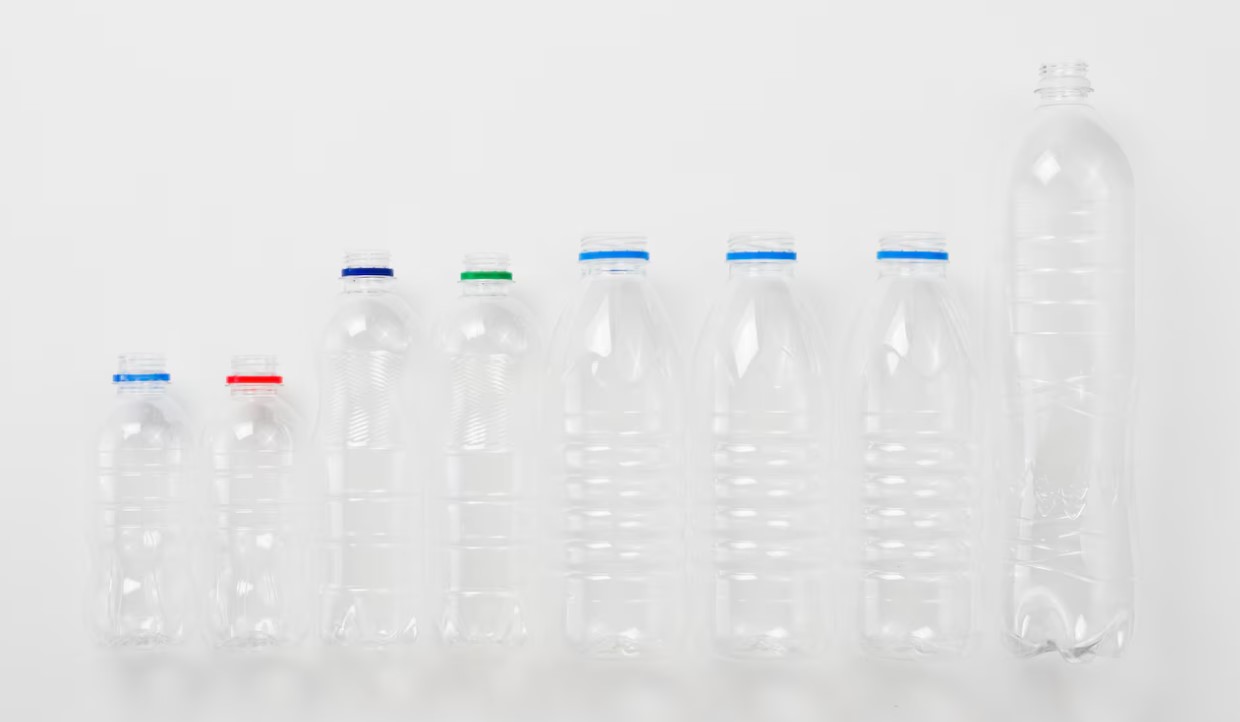
Source: Freepik
It focuses on developing these products from recycled materials.
Competition to Proceed in Two Phases
The competition will unfold in two phases.
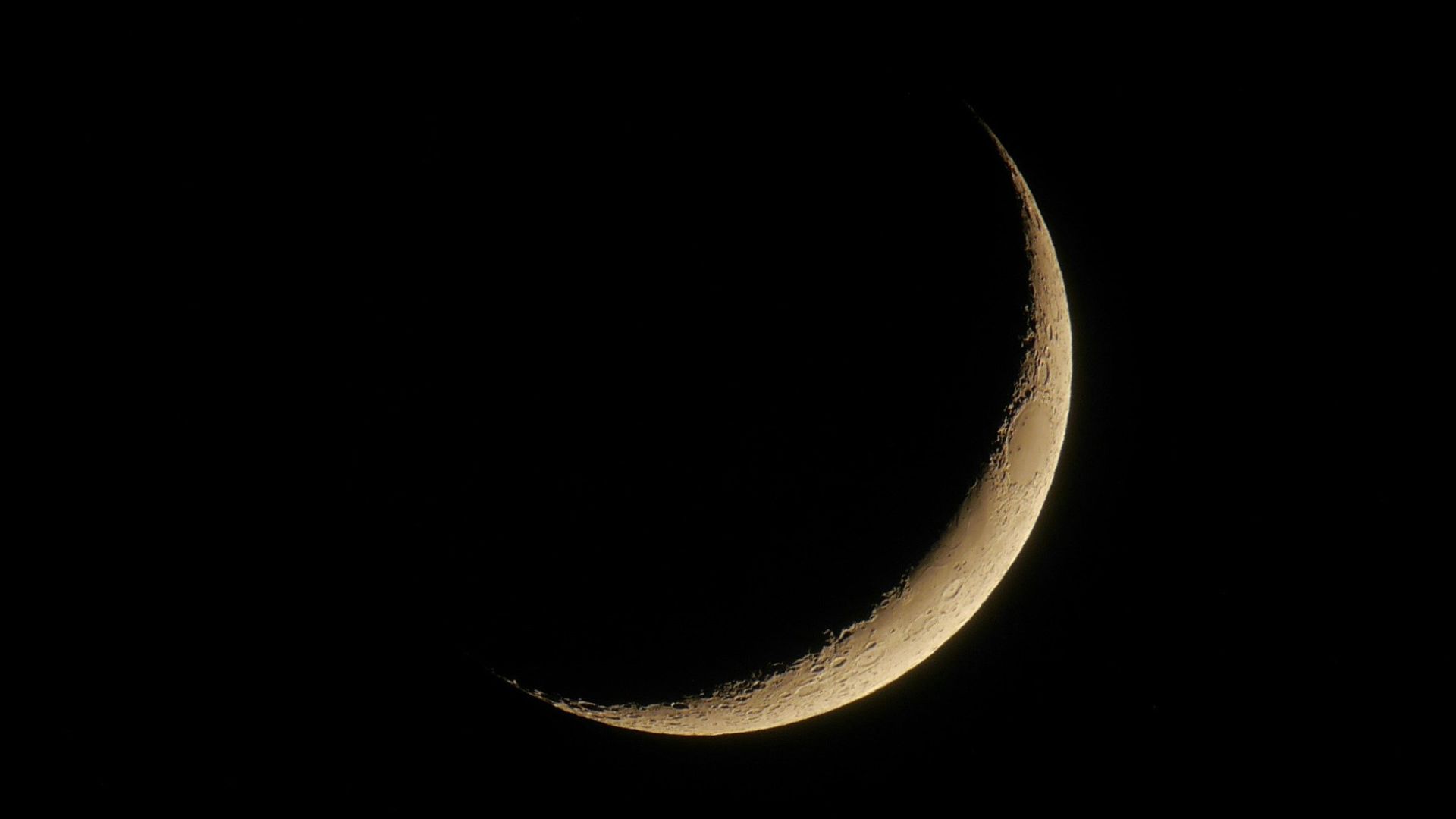
Source: nousnou iwasaki/Unsplash
Phase 1 requires teams to submit technical details of their proposed solutions for evaluation by judges. Phase 2 will be based on the feasibility of the approaches proposed in Phase 1, according to the draft guidelines.
$3 Million in Funding
The LunaRecycle Challenge offers a total funding pool of $3 million, with $1 million allocated for Phase 1 and $2 million for Phase 2. Registration for Phase 1 opens in September, with submissions due by March 31, 2025.
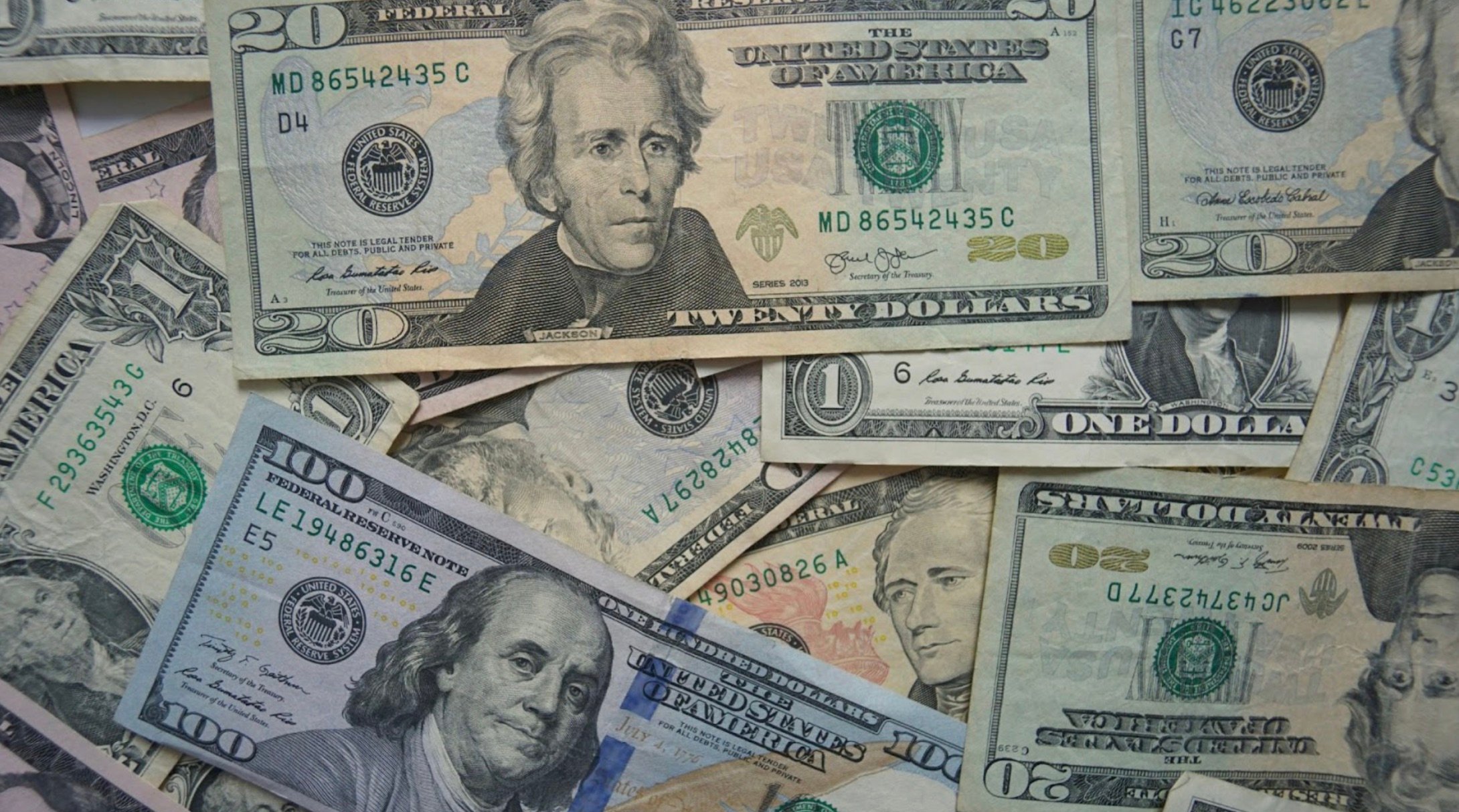
Source: Blogging Guide/Unsplash
Judging will commence in May, with winners announced and Phase 2 rules revealed thereafter.
